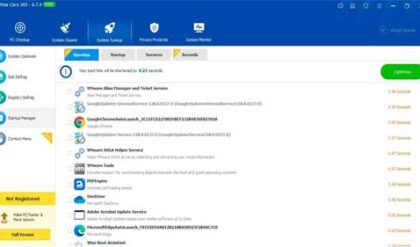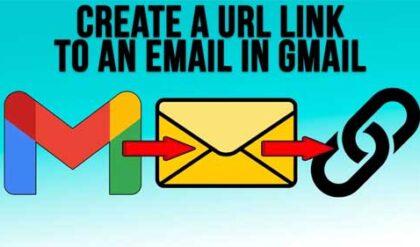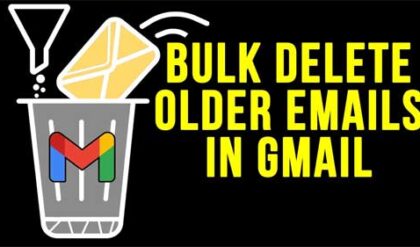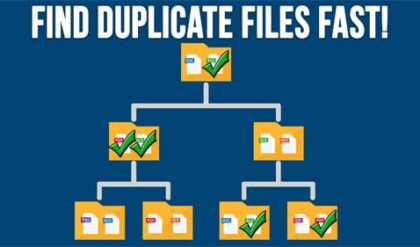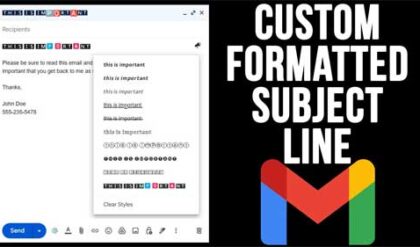Introduction
WordPress’s adaptability and user-friendliness have led to its widespread adoption. You may think of it as the “bones” of the web. WordPress is a fantastic environment for novice programmers to hone their talents; the knowledge gained there can be applied to the creation of anything from a personal blog to an e-commerce site.
This article is your best bet if you want to learn WordPress programming. The information in this post should equip you to create your own WordPress plugins, themes, and dynamic websites.
1. Read up on the fundamentals of WordPress to get your feet wet.
Understanding the inner workings of the WordPress platform is essential before diving headfirst into the development process. WordPress is a CMS that was developed using PHP and MySQL.
Database administration is made easier with MySQL. Explore WordPress’s features, functionality, and most latest changes at WordPress.org. Learn the meanings of key WordPress terms including “theme,” “plugins,” “post,” “page,” and “category.”
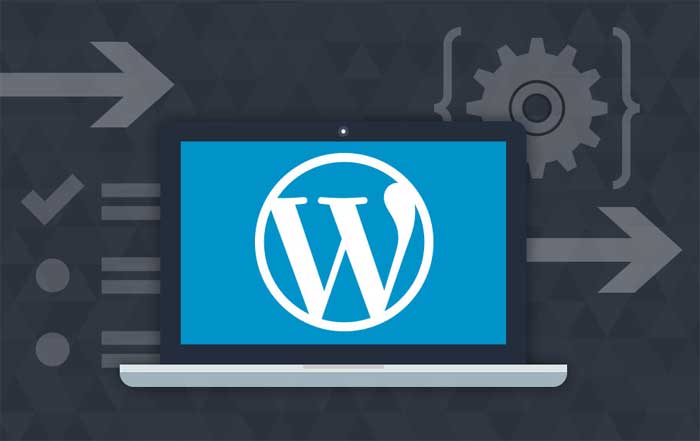
2. Prepare Your Code Editor And Repository For Writing
Any work on WordPress done on a personal computer should be done in a local development environment. There is no risk in trying out new things on your site to find what works best.
XAMPP, WampServer, and Local by Flywheel are all examples of software that may be used to set up a local server. To get started, choose the installation file that is appropriate for your operating system.
3. Find out, from the ground up, how the Internet really works
Be confident in your knowledge of computers before getting into WordPress development. Hypertext Markup Language (HTML) is essential to the functioning of the internet. The next step is to start working with Cascading Style Sheets (CSS), the backbone of any well-designed website. In sum, learn JavaScript so that you can enhance your websites with dynamic content.
4. Get as much information as can about PHP
Understanding PHP, the underlying language of WordPress, is necessary for modifying themes and developing plugins. Variables and loops are the foundation of any PHP program. OOP concepts are the foundation of WordPress programming, thus we should move on to them now.
5. Discover how a WordPress theme is put together and how it functions
The WordPress theme is what gives a website its visual style. Examine the theme’s style.css, functions.php, and template files to see how WordPress displays your site. Find out how to create a “child theme” to keep the theme’s style intact while you add new features.
6. Create your first completely unique skin
With your newfound knowledge, you may design a WordPress theme that meets your needs exactly. It’s best to start with the base and build up from there. HTML, CSS, and PHP allow you to create both static and dynamic designs.
7. Use of theme tags and premade templates is required for the layout
WordPress users must make use of theme templates and template tags to show data dynamically. If you’re familiar with the template hierarchy in WordPress, you may instruct the platform which file to use for displaying data. Before displaying information, the template tags are compared to things like the post’s title, body text, and metadata.
8. Master the ins and outs of WordPress add-ons
Plugins are robust extensions that offer new features to WordPress without altering the main software itself. Get familiar with the WordPress plugin’s action and filter hooks.
9. Create your own extension from the ground up
Do something useful with your knowledge by creating your own plugin from scratch. To start going quickly, just download a little app. You’ll be able to take on more and more difficult tasks as your self-assurance grows.
You may use WordPress’s action hooks to run code at predetermined intervals, and its filter hooks to make targeted changes to data.
10 Check out WordPress’s underlying database system
WordPress stores all of its data and configuration settings in a MySQL database. If you want to automate the WordPress CRUD (Create, Read, Update, Delete) processes, you need to understand how the database is organized.
11 Take full advantage of your WordPress website
Once the website has undergone sufficient development and testing, it can be released to the public. Select a web host whose server capacity meets your needs, and then install WordPress on their servers. In case of data loss, you should always have a recent copy of your website backed up.
Conclusion
Taking the time to understand WordPress and then applying it to create something original sounds like it could be a lot of fun. If you take the time to learn WordPress properly, you can create websites that people will want to visit and use. Start out by building some basic stuff so you can get the hang of it.
The best approach to acquire knowledge and skills is by working one’s way up the corporate ladder. Get involved with the WordPress community and learn from the experiences of others. Keep the humor going.


